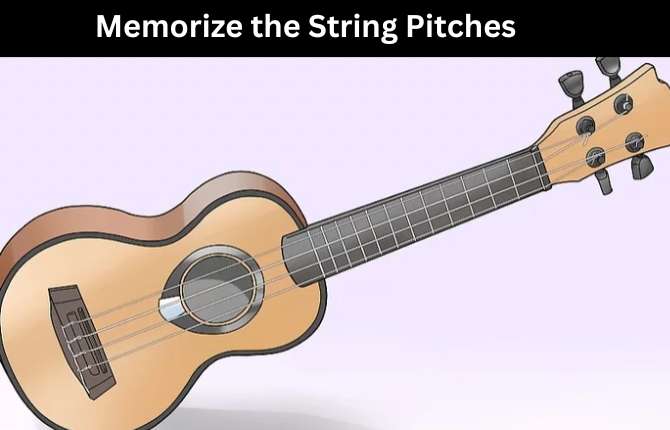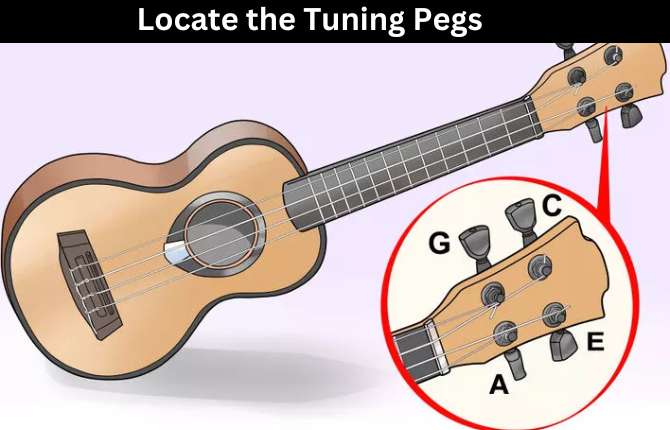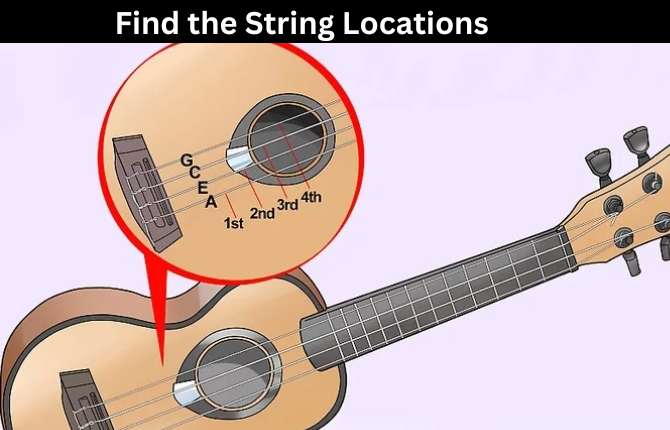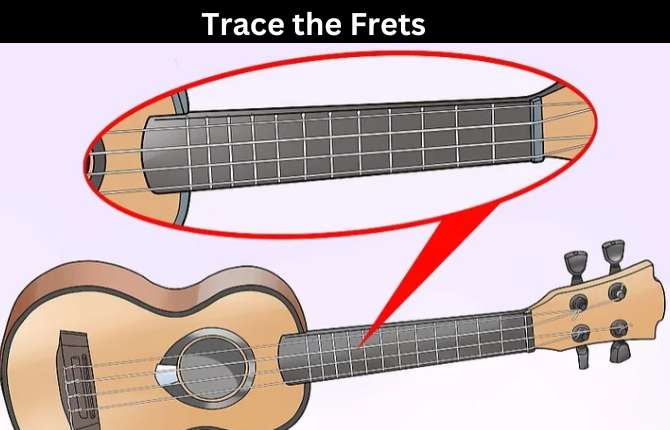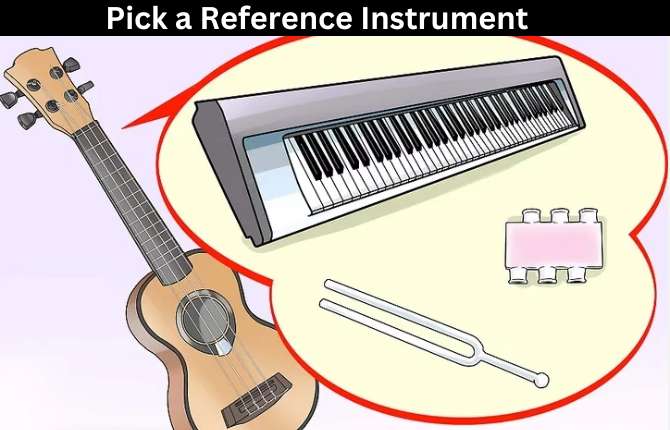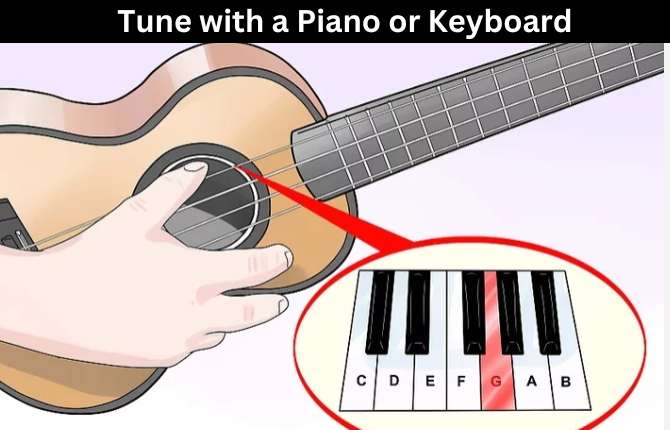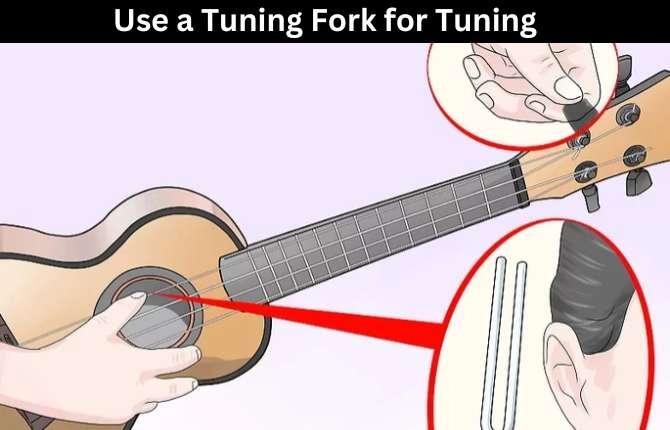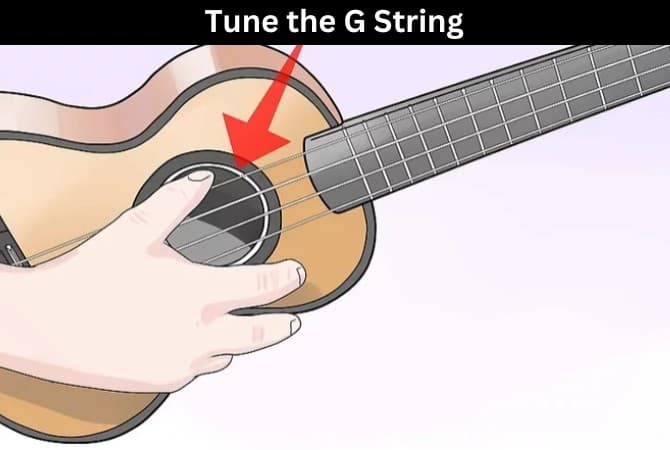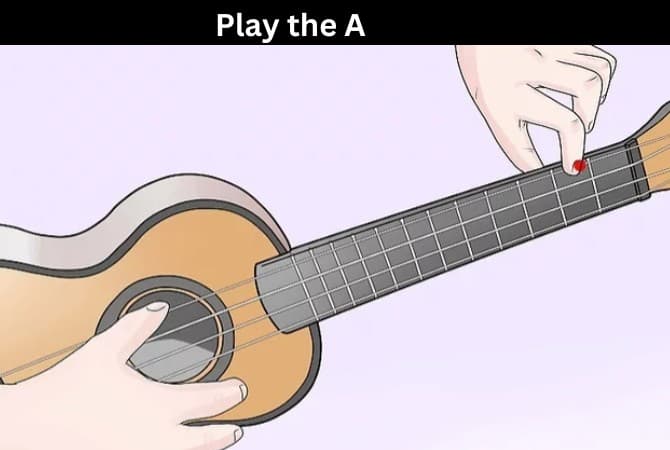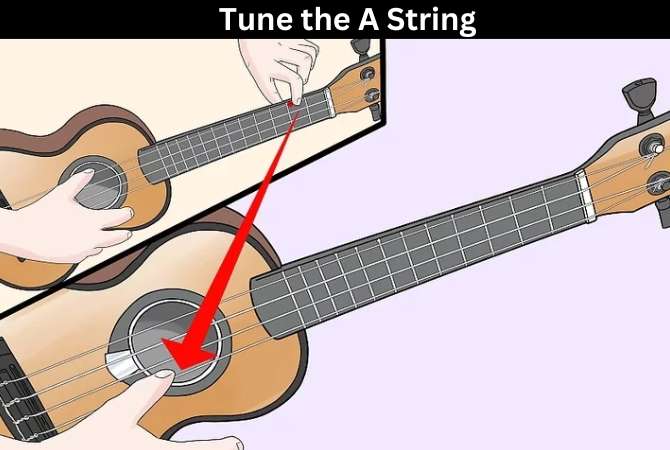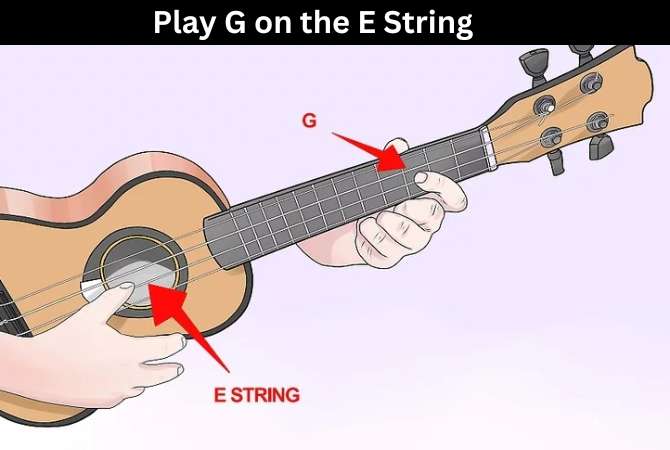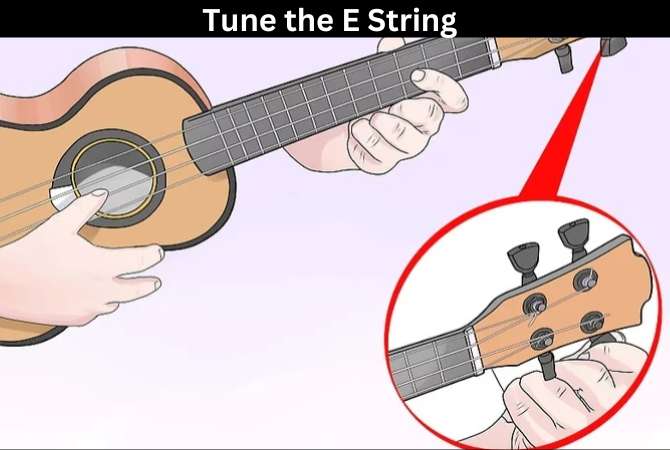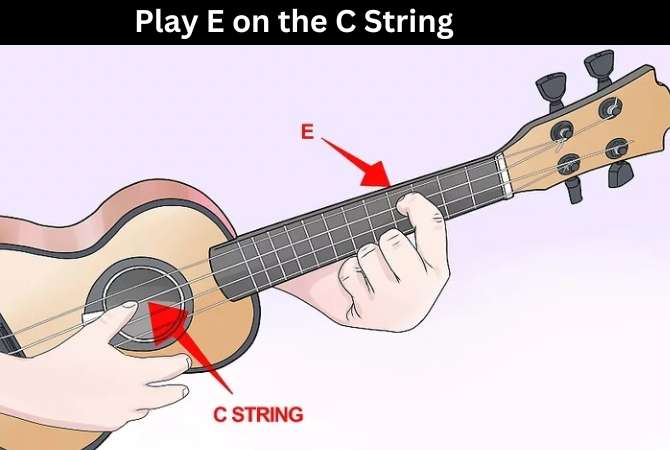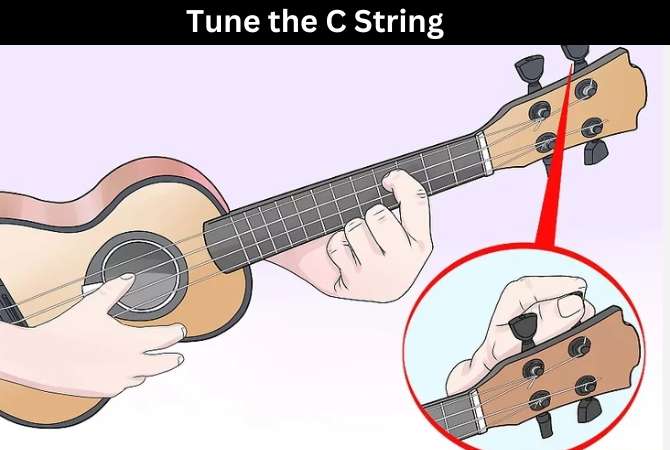
How to Tune a Ukulele!
Tuning might become troublesome if you come into stringed instruments for the first time, although the uke contains four strings rather than six or twelve on a guitar. Fortunately, you can be capable of tuning it in several ways.
This guide will go through the method of tuning an instrument, from mastering the layout to discovering the pitches to tuning the strings. Your instrument will contain the best sound in a while!
Section One: Knowing the Layout (How to Tune a Ukulele)
In the first section of our lesson, we’ll show the instrument layout to learn to tune a uke perfectly.
1. Memorizing the string pitches
The soprano and tenor are the most common ukuleles. Both have four strings, tuned in G-C-E-A – the middle C, E, A, and G below middle C (low G). Every string is loosened or tensed at the top of the fretboard using a tuning knob.
2. Locating the tuning pegs
To point the strings of your instrument accurately, you hold the fretboard by pointing up. The bottom peg of the 4-tuning pegs tunes the A String, the top right peg tunes the E string, the top peg tunes the C string, and the bottom left peg tunes the G string.
You turn the pegs to change the pitch of the String. Which way you rotate them might often change between instruments, so test. The directions are generally the same for the single-sided pegs of the device.
Make the strings tight if you want to raise the pitch. Again, if you wish to lower the pitch, you’ll loosen the strings.
Remember that you don’t make the String too tight at all. It can shatter your instrument and cause the Strings to come off.
3. Finding the string locations
The strings have been marked the numbers from the furthest away to the nearest to you, and it’s assumed that you’re a right-handed player. The 1st string remains the A string, the 2nd string E, the 3rd String C, and the fourth string G.
4. Tracing the frets
With the fret closest to the knobs labeled as the 1st fret, frets have been marked the number from the tuning knob on the sounding board. Pressing a string raises the pitch of the String when you pluck it.
Section Two: Finding Your Pitches (How to Tune a Ukulele)
In the second section, we’ll inform you about finding the pitches to master to tune the instrument.
5. Picking a reference instrument to tune the ukulele
The straightforward approach to tuning the instrument is to tune its strings to coincide with the pitch of another instrument. There are several alternatives for you, such as a piano, an electronic tuner, an online tuner, or a pipe tuner.
In this way, you can become capable of tuning just a single string, and depending on that string, you can tune the remaining Strings, or it’s possible to tune all the Strings with one tuning instrument.
6. Tuning with a piano or keyboard
You have to press the key and strum the corresponding strings. Then, adjust the knobs as long as the uke string pitch does not coincide with the key.
7. Using a pitch pipe for tuning
You might utilize a circular chromatic pitch pipe or a specific pitch pipe built for the ukulele, like a small panpipe.
Now, you need to blow into the pipe or opening corresponding to the instrument strings and strum the string. After that, you adjust the knob as long as the string pitch does not coincide with the pipe.
8. Using a tuning fork for tuning
If you contain a tuning fork for each string, you will hit each fork. Then, you adjust the string as long as its pitch does not coincide with the fork.
If you only contain one fork, apply it to tuning one string. Then, you utilize it to tune other strings against that one.
9. Using an electronic tuner to tune
Electronic tuners are available in two types. One tuner type is used to play a tone, which has to be matched. The other is used to analyze the string pitch and says whether the string remains flat (too low pitch) or sharp (too high pitch).
It’s likely the most effective tuning method for newbies, who find it difficult to tell the difference between pitches.
Section three: Tuning the Strings (How to Tune a Ukulele)
We will discuss tuning the strings in the third section to tune a ukulele.
10. Tuning the G string
Now you tune the G string, which is the nearest string to you, as long as it does not stay in tune.
11. Playing the A
Put your finger on the 2nd fret (2nd free space from the top) of the tuned G string. It’s an A note and ought to be the identical pitch, similar to the string farthest from you.
12. Tuning the A string
You need to tune the A string following the note you discovered on your G string.
13. Playing G on the E string
You put your finger on the E string’s 3rd fret. It has to be a G note, and it coincides with your G string. If they don’t coincide, your E string likely stays out of tune.
14. Tuning the E string
You go for tuning the E string as long as it does not coincide with the G string.
15. Playing E on the C string
On the 4th fret of the C string, put your finger. It ought to be E.
16. Tuning the C string
You go for tuning the C string as long as it matches the E string.
Read also:
